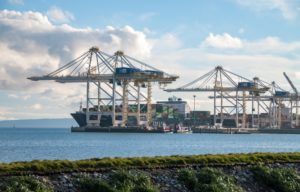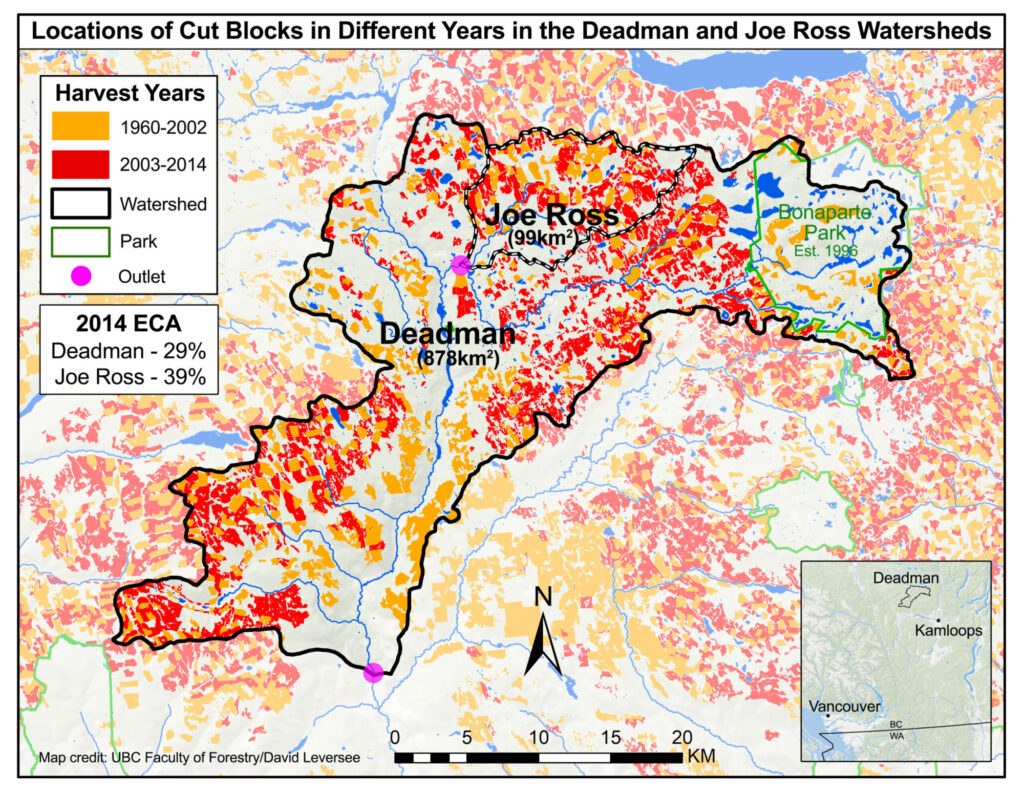 VANDERHOOF, BC —Sinclar Group Forest Products Ltd. is curtailing its lumber operations at Nechako Lumber Co. in Vanderhoof as a result of the continuing lack of certainty around economical log supply. Effective Monday, October 30, 2023, Nechako Lumber Operations will permanently reduce its sawmill and planer production from two shifts to one shift,” said Sinclar President Greg Stewart. We are deeply sorry for the impact this decision will have on our employees, their families, and the community of Vanderhoof. Stewart added that the industry will continue to be challenged without urgent, and meaningful government action to address the predictability of economic fibre flow in the province. “This shift-reduction is not an anomaly,” said Stewart. “…Nechako Lumber will continue operating on two shifts until October 27, after which it will reduce to one shift. The Premium Pellet operation in Vanderhoof will continue to run.
VANDERHOOF, BC —Sinclar Group Forest Products Ltd. is curtailing its lumber operations at Nechako Lumber Co. in Vanderhoof as a result of the continuing lack of certainty around economical log supply. Effective Monday, October 30, 2023, Nechako Lumber Operations will permanently reduce its sawmill and planer production from two shifts to one shift,” said Sinclar President Greg Stewart. We are deeply sorry for the impact this decision will have on our employees, their families, and the community of Vanderhoof. Stewart added that the industry will continue to be challenged without urgent, and meaningful government action to address the predictability of economic fibre flow in the province. “This shift-reduction is not an anomaly,” said Stewart. “…Nechako Lumber will continue operating on two shifts until October 27, after which it will reduce to one shift. The Premium Pellet operation in Vanderhoof will continue to run.

 Two weeks ago, B.C.’s dockworkers were on the verge of endorsing a contract that would have ended an 18-day strike. But when the 70-member elected contract caucus of the International Longshore and Warehouse Union reviewed the proposed deal, one word gave them pause. The agreement reached with the help of a federal government mediator, included the provision that “normal” maintenance work would continue to be done by union members. …Last Friday, the union’s members also turned down the deal. …One source close to the negotiations said that the revised agreement the parties reached on Sunday includes provisions that will attempt to protect those jobs. …In the meantime, the union is not allowed to launch a strike nor is the employer able to lock out workers until the results of the ratification. Both parties have also been ordered not speak to media beyond a single, identical statement.
Two weeks ago, B.C.’s dockworkers were on the verge of endorsing a contract that would have ended an 18-day strike. But when the 70-member elected contract caucus of the International Longshore and Warehouse Union reviewed the proposed deal, one word gave them pause. The agreement reached with the help of a federal government mediator, included the provision that “normal” maintenance work would continue to be done by union members. …Last Friday, the union’s members also turned down the deal. …One source close to the negotiations said that the revised agreement the parties reached on Sunday includes provisions that will attempt to protect those jobs. …In the meantime, the union is not allowed to launch a strike nor is the employer able to lock out workers until the results of the ratification. Both parties have also been ordered not speak to media beyond a single, identical statement.
 Vancouver, British Columbia – Western Forest Products Inc. reported a net loss of $20.7 million in the second quarter of 2023 including $8.5 million in inventory provisions, as compared to a net loss of $17.7 million in the first quarter of 2023, and net income of $38.6 million in the second quarter of 2022. Results in the second quarter of 2023 reflect more challenging macroeconomic conditions, resulting in lower lumber prices and reduced demand compared to the same period last year. Adjusted EBITDA was negative $12.0 million in the second quarter of 2023, as compared to Adjusted EBITDA of negative $5.0 million in the first quarter of 2023, and adjusted EBITDA of $66.2 million in the second quarter of 2022. Operating loss prior to restructuring and other items was $25.1 million in second quarter of 2023, as compared to income of $53.4 million in the second quarter of 2022.
Vancouver, British Columbia – Western Forest Products Inc. reported a net loss of $20.7 million in the second quarter of 2023 including $8.5 million in inventory provisions, as compared to a net loss of $17.7 million in the first quarter of 2023, and net income of $38.6 million in the second quarter of 2022. Results in the second quarter of 2023 reflect more challenging macroeconomic conditions, resulting in lower lumber prices and reduced demand compared to the same period last year. Adjusted EBITDA was negative $12.0 million in the second quarter of 2023, as compared to Adjusted EBITDA of negative $5.0 million in the first quarter of 2023, and adjusted EBITDA of $66.2 million in the second quarter of 2022. Operating loss prior to restructuring and other items was $25.1 million in second quarter of 2023, as compared to income of $53.4 million in the second quarter of 2022.











 The summer edition of the Almanac is published. Headlines include:
The summer edition of the Almanac is published. Headlines include: As a companion document to its special report,
As a companion document to its special report, 
 The Province has appointed three new members to British Columbia’s independent Climate Solutions Council. The Climate Solutions Council provides advice to government on actions and policies contributing to emission reductions and sustainable economic development. The council includes members from First Nations, environmental organizations, industry, academia, labour, local government and youth representatives. “The Climate Solutions Council continues to significantly contribute to the implementation of the CleanBC plan,” said George Heyman, Minister of Environment and Climate Change Strategy. New council members include: Michelle Staples, mayor of Duncan; Andrea Reimer, adjunct professor of practice at UBC’s School of Public Policy and Global Affairs, community organizer and a director on the board at TransLink; and Tom Green, a senior climate policy adviser at the David Suzuki Foundation.
The Province has appointed three new members to British Columbia’s independent Climate Solutions Council. The Climate Solutions Council provides advice to government on actions and policies contributing to emission reductions and sustainable economic development. The council includes members from First Nations, environmental organizations, industry, academia, labour, local government and youth representatives. “The Climate Solutions Council continues to significantly contribute to the implementation of the CleanBC plan,” said George Heyman, Minister of Environment and Climate Change Strategy. New council members include: Michelle Staples, mayor of Duncan; Andrea Reimer, adjunct professor of practice at UBC’s School of Public Policy and Global Affairs, community organizer and a director on the board at TransLink; and Tom Green, a senior climate policy adviser at the David Suzuki Foundation.













/cloudfront-us-east-2.images.arcpublishing.com/reuters/QXEKTUPU5RIQ7C4MHGRNMHG74Q.jpg)